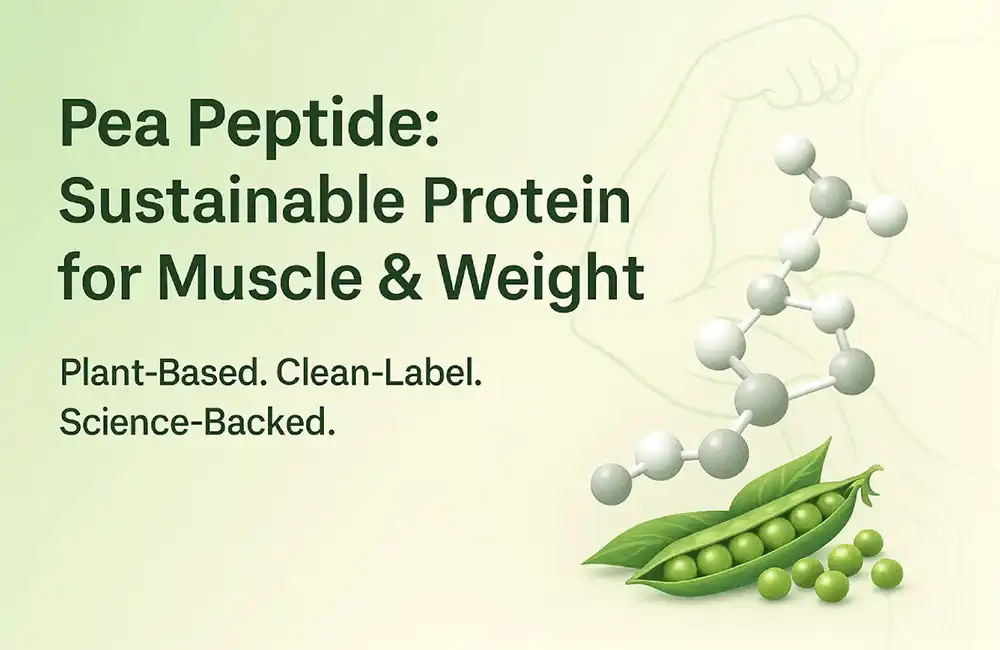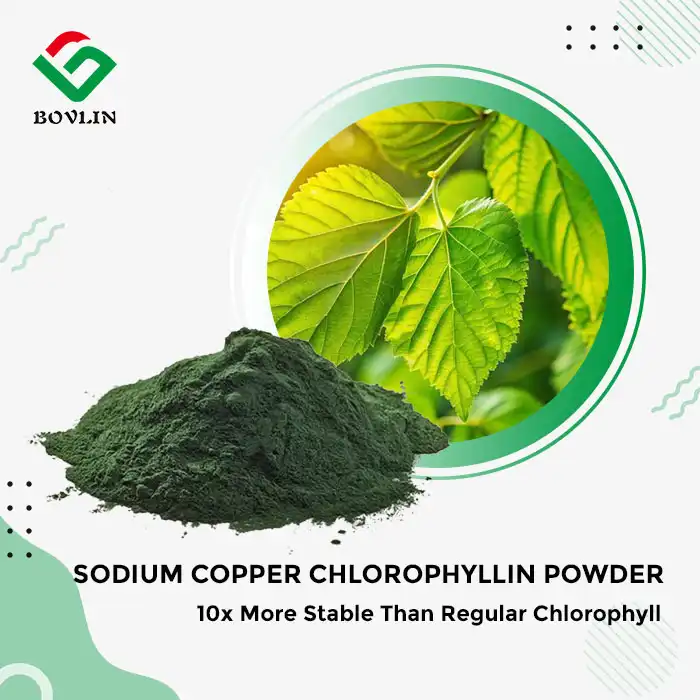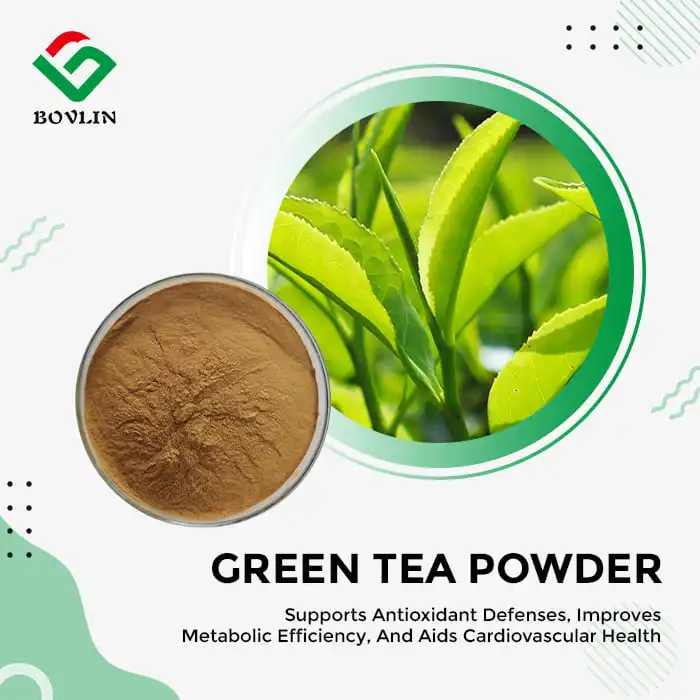How Does It Support Protein Synthesis and Recovery?
Amino Acid Profile and Muscle Protein Synthesis
Hydrolyzed pea protein powder boasts an impressive amino acid profile, particularly rich in branched-chain amino acids (BCAAs). These BCAAs, including leucine, isoleucine, and valine, play a crucial role in initiating and sustaining muscle protein synthesis. Leucine, in particular, acts as a key trigger for this anabolic process. The hydrolysis process pre-digests the proteins, resulting in smaller peptides that are rapidly absorbed by the body, leading to a quick spike in amino acid levels in the bloodstream. This rapid availability of amino acids creates an optimal environment for muscle protein synthesis, supporting efficient muscle growth and recovery.
Enhanced Recovery and Reduced Muscle Soreness
The quick absorption of hydrolyzed pea protein powder, also known as pea protein hydrolysate powder, contributes significantly to post-exercise recovery. By providing a readily available source of amino acids, it helps to mitigate muscle damage and accelerate repair processes. This can lead to reduced muscle soreness and faster recovery times between training sessions. For manufacturers developing post-workout supplements, incorporating hydrolyzed pea protein powder can offer a competitive edge in promoting rapid recovery and supporting consistent training schedules for athletes and fitness enthusiasts.
Hormonal Response and Anabolic Environment
Hydrolyzed pea protein powder has been shown to elicit a favorable hormonal response that supports an anabolic environment. Studies have indicated that it can stimulate the release of growth hormone and insulin-like growth factor 1 (IGF-1), both of which are crucial for muscle growth and repair. This hormonal boost, combined with the rapid amino acid delivery, creates an ideal scenario for maximizing muscle protein synthesis and overall anabolic activity. Enterprises focusing on performance nutrition can leverage these properties to develop effective muscle-building formulations.

Comparison with Whey, Soy, and Rice Proteins
Absorption Rates and Digestibility
When comparing hydrolyzed pea protein powder to other popular protein sources, its absorption rate stands out. Due to the hydrolysis process, pea protein hydrolysate is absorbed more rapidly than intact pea protein, whey concentrate, or soy protein isolate. This quick absorption can be particularly beneficial in post-workout scenarios where rapid nutrient delivery is crucial. In terms of digestibility, hydrolyzed pea protein powder often surpasses soy and rice proteins, making it a suitable option for individuals with sensitive digestive systems. Manufacturers can highlight these digestibility benefits when formulating products for consumers with specific dietary needs.
Amino Acid Composition and Muscle-Building Potential
While whey protein has long been considered the gold standard for muscle building due to its high leucine content, hydrolyzed pea protein powder, also known as pea peptide, is increasingly recognized for its comparable efficacy. Pea protein hydrolysate contains all nine essential amino acids and offers a particularly high concentration of arginine, which supports blood flow and nutrient delivery to muscles. When compared to soy and rice proteins, pea protein often provides a more balanced amino acid profile. This makes it an attractive option for companies developing plant-based performance supplements that aim to match the muscle-building potential of animal-based proteins.
Allergenicity and Sustainability Factors
One of the significant advantages of hydrolyzed pea protein powder over whey and soy proteins is its hypoallergenic nature. It's free from common allergens such as dairy, soy, and gluten, making it suitable for a broader range of consumers. This characteristic is particularly valuable for manufacturers targeting the growing market of allergen-free and plant-based products. Additionally, pea protein production generally has a lower environmental impact compared to whey protein, aligning with the increasing demand for sustainable ingredients. Rice protein, while also hypoallergenic, often requires complementary proteins to provide a complete amino acid profile, giving pea protein an edge in formulations aiming for simplicity and effectiveness.
Use in Performance Supplements and Meal Replacements
Pre- and Post-Workout Formulations
Hydrolyzed pea protein powder, also known as pea peptide powder, has found significant application in pre- and post-workout supplements. Its rapid absorption characteristics make it an ideal component in pre-workout formulas, providing a quick amino acid boost to support performance and delay fatigue. In post-workout products, the fast-acting nature of pea protein hydrolysate aids in swift recovery and muscle repair. Manufacturers can leverage these properties to create comprehensive workout supplement lines that cater to the entire exercise cycle, from preparation to recovery.
Meal Replacement and Weight Management Products
The versatility of hydrolyzed pea protein powder extends to its use in meal replacement and weight management products. Its complete amino acid profile and satisfying properties make it an excellent base for balanced meal replacements. The protein's ability to promote satiety can be particularly beneficial in weight management formulations, helping to control appetite and support lean muscle mass during calorie-restricted diets. For companies targeting the weight management market, incorporating pea protein hydrolysate can offer a plant-based, hypoallergenic option that aligns with current health and wellness trends.
Specialized Formulations for Muscle Growth
Hydrolyzed pea protein powder's unique characteristics make it suitable for specialized muscle growth formulations. Its rapid absorption and rich amino acid profile can be combined with other ingredients to create potent muscle-building supplements. For instance, pairing pea peptides with creatine or beta-alanine can enhance strength and muscle endurance. Additionally, the neutral taste of pea protein hydrolysate allows for versatile flavoring options, enabling manufacturers to create appealing products that stand out in the competitive sports nutrition market. By focusing on the synergistic effects of pea protein with other performance-enhancing ingredients, companies can develop innovative and effective muscle growth supplements.

Conclusion
Hydrolyzed pea protein powder stands out as an excellent choice for muscle growth and recovery in the sports nutrition industry. Its rapid absorption, comprehensive amino acid profile, and ability to support protein synthesis make it a valuable ingredient for performance supplements and meal replacements. For manufacturers and enterprises looking to innovate in the plant-based protein market, hydrolyzed pea protein offers a sustainable, hypoallergenic, and effective solution. By incorporating this versatile ingredient, companies can develop products that cater to the growing demand for plant-based, high-performance nutritional supplements.
Contact Us
Ready to elevate your product line with high-quality hydrolyzed pea protein powder? Contact Shaanxi Bolin Biotechnology Co., Ltd. at sales1@bovlin.com to explore how our pea protein solutions can enhance your formulations and meet the evolving needs of the sports nutrition market.











